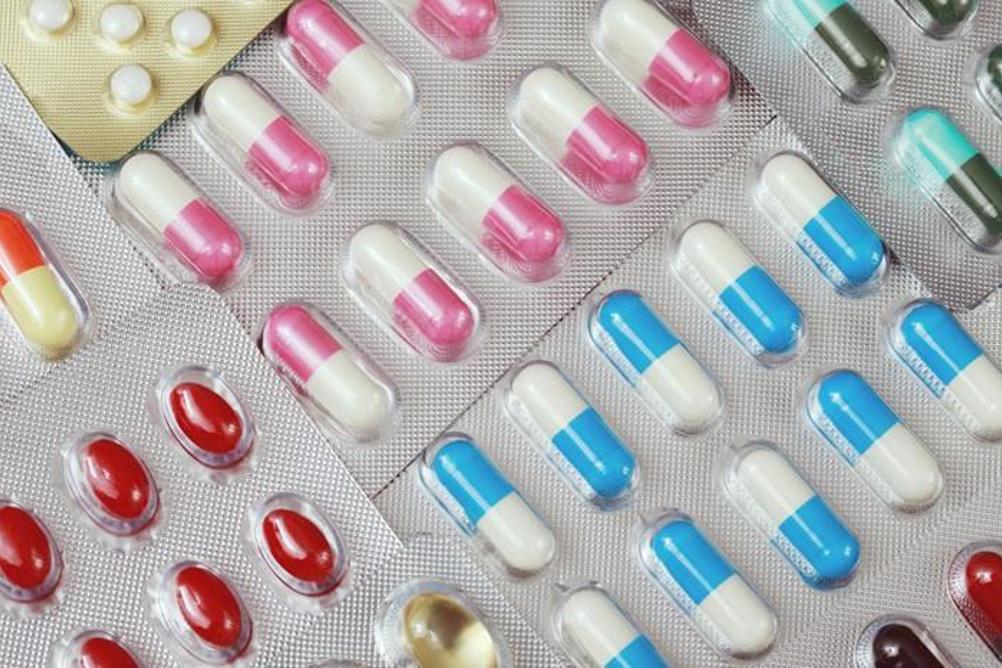
Antibiotics are given to kill bad bacteria, however with just one mutation a bacteria can evolve to become resistant to that antibiotic, making common infections potentially fatal.
Research, published in the Journal PLOS Biology, used high-performance computing to simulate more than 8,000 years of bacterial evolution, which allowed scientists to predict mechanisms that control mutation rates. They then made more than 15,000 cultures of E. coli in lab conditions to test their predictions.
The tests revealed that bacteria living in a lowly populated community are more prone to developing antibiotic resistance due to a naturally occurring DNA-damaging chemical, peroxide.
In crowded environments, where cells are more densely packed, bacteria work collectively to detoxify peroxide, reducing the likelihood of mutations that lead to antibiotic resistance.
Register now to continue reading
Thank you for visiting Dental Nursing and reading some of our resources. To read more, please register today. You’ll enjoy the following great benefits:
What's included
-
Up to 2 free articles per month
-
New content available
Already have an account? Sign in here
